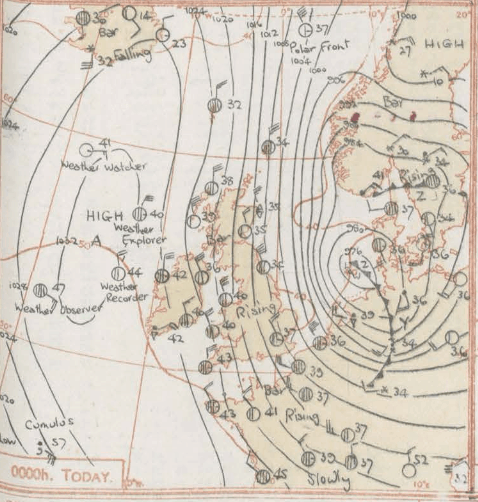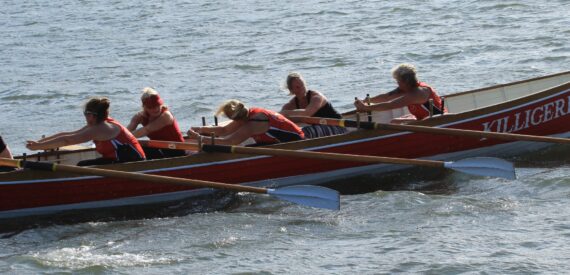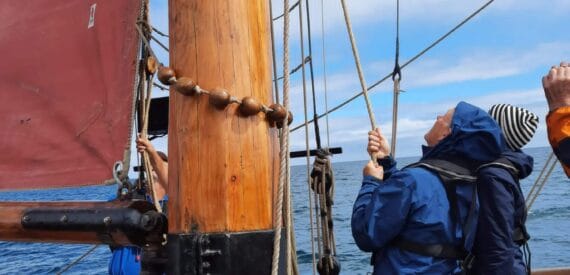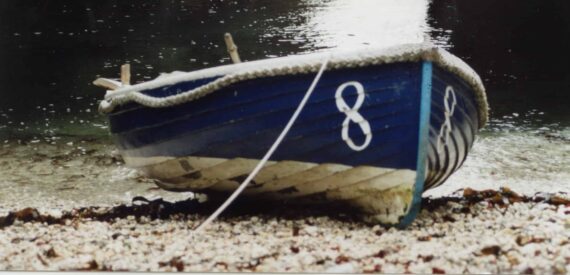The Tide that turned the Tide
It was England in 1953 and the north wind was blowing!
Are you sitting comfortably?
The 1953 North Sea flood that affected East Anglia and the Thames resulted in 307 deaths in England, there were also 19 in Scotland, but the toll in Holland was far worse with over 1800 people reported missing or drowned. Photo above is Holland.
It happened in the night and early morning of February 1st, 1953.
The wind from just West of North was blowing Storm Force 10 down the North Sea and it was a spring tide. The Dover Straits were acting as a bottle neck and the sea built up to the north of the straits. See synoptic chart below.
At low tide the water level at sea was as high as it is normally when it is high spring tide. In places the sea was 5 meters (Over 16ft) higher than predicted. Ferries , shipping and trawlers were lost in both the North and Celtic Seas.
The Waverley Report
Three factors were found to have caused the flooding as presented in the report by Viscount Waverley.
Factor one, water levels were rising. Even by the 1950s scientists had known for a generation that the climate had been warming for a century, and that this was causing glaciers to melt and sea levels to rise.
Secondly the phenomenon of tilt: the north-west and north of England are gradually rising and the south-east is gradually sinking. The last Ice Age had come as far south as a line from the Wash to Bristol. If you think of think of the land as the plank of a sea saw and the balance point the Wash to Bristol line then the land to the north of the balance point is gently rising with the releases of the weight of ice and the land to the south is going down.
Thirdly the dominant South Westerly winds were becoming less dominant as Northerly Winds became more frequent. This was revealed by scientific evidence for increased global warming over and above that caused by the end of the Ice Age.
Though the winds were North Westerly the spin of the earth deflected the push of the water to the west into the East Coast of England due to the Coriolis affect.
1953 to 1982 to 2030 to 2060
In 1972 an Act of Parliament was enacted to erect the Thames Barrier which took ten years to build and was formally opened in 1982 and its design life was expected to end in 2030.
The good news is that despite global warming the allowance made in the 70’s for sea level rise was over pessimistic and the Thames Barrier will not need raising until 2060. That is according to the Department of the Environment.
Back to 2011
In the 29 years between 1953 and 1982 no combination of wind and tide caused the devastating flooding of 1953 yet they were many gales and storms. It was the spring tide the surge boosted that caused the flooding.
Without that spring tide we could have been waiting until 2011 for a Thames Barrier. Considering 1982 as the last date we could have had a similar flood plus the 29 years it took to legislate, plan and build the barrier.
The Tide that Turned the Tide
The Waverley Report caused the first public discussions of the implications of Global Warming and began to create an awareness of the problems we were making for ourselves.
Making the Spring Tide of February 1st 1953 the tide the turned the tide on the lack of awareness of global warming.






